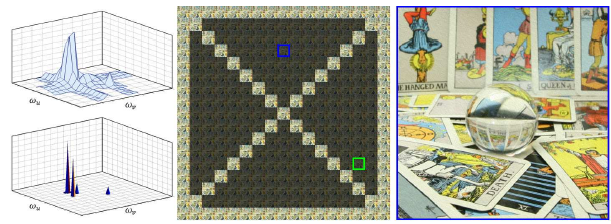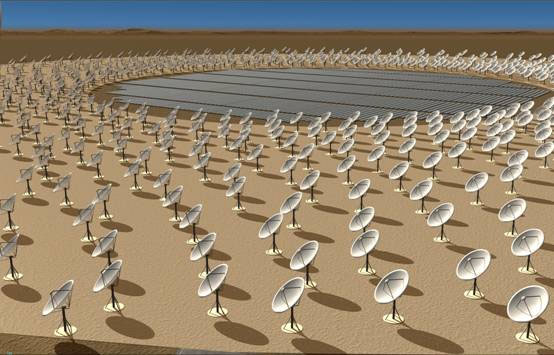
|
|
Spectrum Sensing:
We demonstrated a working receiver that can acquire a bandwidth 6x larger
than the its sampling rate enabling realtime GHz spectrum sensing using cheap components typically used in WiFi receivers.
Paper:
[INFOCOM'14]
|
|

|
|
|
|
Magnetic Resonance Imaging (MRI):
Magnetic resonance spectroscopy (MRS) detects the biochemical
content of each voxel in the brain and can be used to discover disease biomarkers. We demonstrated that processing
MRS data using sparse FFT enhances image quality, and reduces
the time the patient has to spend in the machine by 3x.
Papers:
[ISMRM'13], [ENC'14]
|
|

|
|
|
|
Light Field Photography:
Light field photography can refocus an image or change its viewpoint in post-processing.
We demonstrated that reconstructing light field images using the sparse
FFT reduces sampling requirements and improves reconstruction quality.
Paper:
[Transactions on Graphics'14]
Webpage: LFSparseRecon
|
|

|
|
|
|
GPS:
We harnessed the sparse FFT to
reduce the time and power it takes a GPS
receiver to lock on its location.
Paper:
[MOBICOM'12]
|
|

|
|
|
|
Nuclear Magnetic Resonance (NMR):
NMR is used to discover 3D structure of
proteins. We demonstrated that
sparse FFT reduces experiment time by 16×;
enabling high-dimensional NMR, which is
needed for complex proteins.
|
|

|
|
|
|
Radio Astronomy:
The Square Kilometer Array (SKA) is a radio telescope in development in Australia and South Africa. It spreads over an area of one square kilometer providing the highest
resolution images ever captured in astronomy.
We developed a method for processing images of the sky 100× faster than
FFT.
|
|



|
|

|











